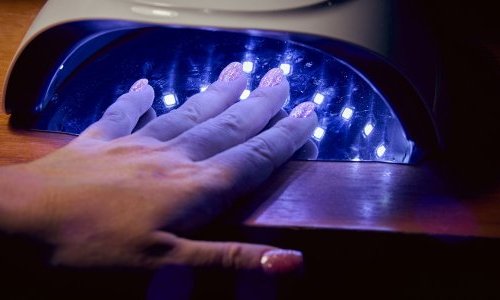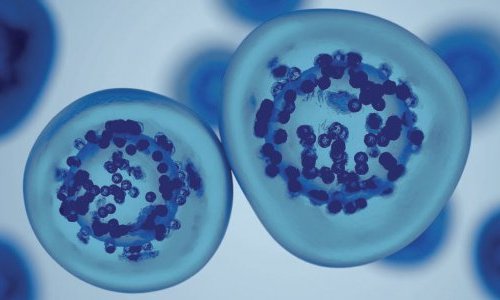
Anna Drillat, Skin Biology Research Director
Premium Beauty News - What is the link between mechanics of materials and the cosmetics industry?
Anna Drillat - The startup was founded in 2016 by Julien Chlasta and Pascale Milani, both PhD in Biology. Pascale Milani was the first to publish an article about the use of Atomic Force Microscopy (AFM) to measure the mechanical properties of growing biological tissues. She worked in collaboration with Marek Haftek [1] on atopic dermatitis. As for Julien Chlasta, he wrote a thesis on the influence of the extracellular matrix mechanical properties in a growing organ. They pooled their expertises to set up BioMeca, whose activities include AFM for measuring the skin’s mechanical properties.
Premium Beauty News - How can Atomic Force Microscopy improve our knowledge of the skin?
Anna Drillat - AFM is a very high-resolution technique which helps us work at very small scales and study the structures of biological tissues, like the skin, while maintaining the physiological conditions. Today, the innovative approach developed by BioMeca makes it possible to explore the skin’s 3D structure and obtain information about the mechanical properties of the tissue as a whole. In addition, we can study particular structures, like hair follicles, and focus on specific areas: the epidermis, to measure the cohesion between the cells, or the dermis, for example to get information about the organization of collagen, the density and thickness of fibres, their spacing, etc. Then, we make comparisons under various conditions after treatment with an active, or to address specific ages.
Premium Beauty News - At the CED days in January 2018, Pascale Milani presented a study on the nano-mechanical properties of corneocytes. What sort of information can you get about the condition of the skin barrier?
Anna Drillat - Atomic Force Microscopy makes it possible to screen the surface of a sample with a very thin tip and to measure the interaction forces between the tip and the sample: the higher the elastic module, the harder the sample. The study shows that the hardness of corneocytes provides information about their level of maturation, that, with age, mechanical constraints get stronger, and that they are reduced in case of atopic dermatitis. These measurements are used to evaluate the condition of the barrier function and diagnose sensitive skins or a predisposition to atopic dermatitis.
Premium Beauty News - What other information can you get about the skin?
Anna Drillat - We work on the main skin compartments, in particular the epidermis, the dermo-epidermal junction (DEJ), the dermis, etc. One of our AFM systems is coupled with an epifluorescence microscope, which helps determine correlations between the mechanical and molecular behaviours of a structure. We also have confocal microscopes, so we can complete our mechanical data with accurate fluorescence data to precisely determine the biological processes involved. We are now able to measure the impact of a stress, whether physical or chemical.
Our customers are cosmetics players, but we also work for the oncology, phytobiology, and pharmaceutical industries. Thanks to our expertise, we make our customers understand the biological activity and provide them with a scientific interpretation of results. We provide quantitative data that can substantiate claims.
Premium Beauty News - What about your prospects?
Anna Drillat - There are many. What is important is that all our studies are carried out in vitro, ex vivo, and we keep trying to get as close as possible to in vivo.




























